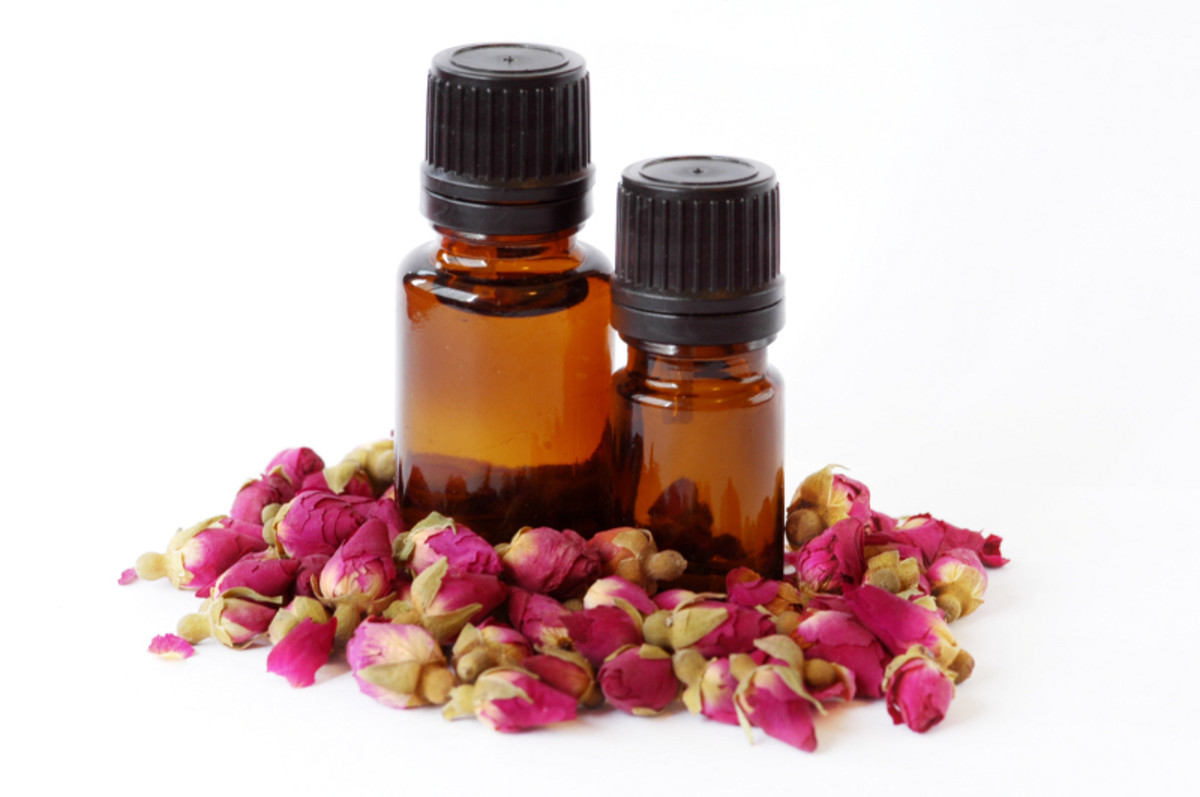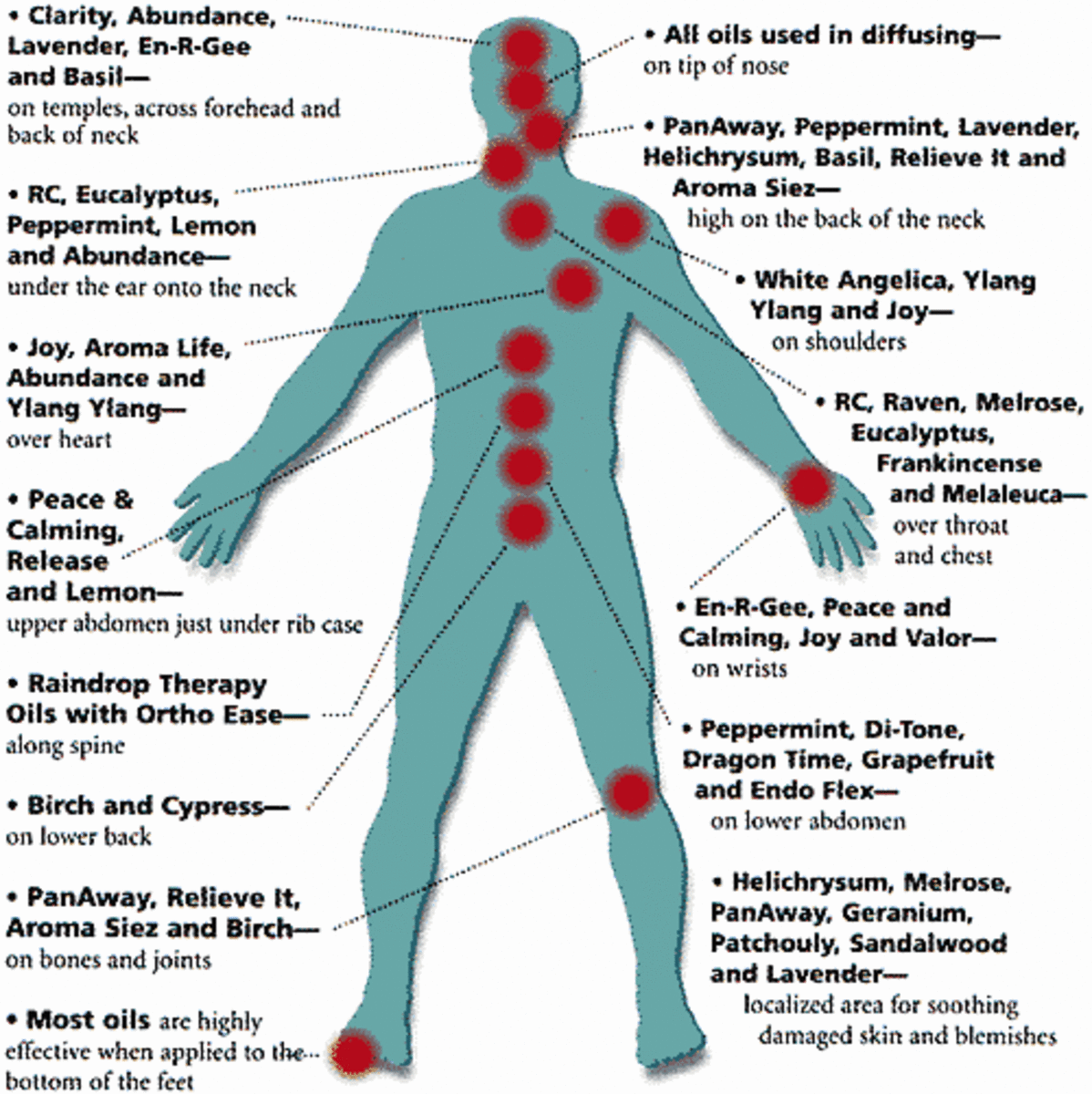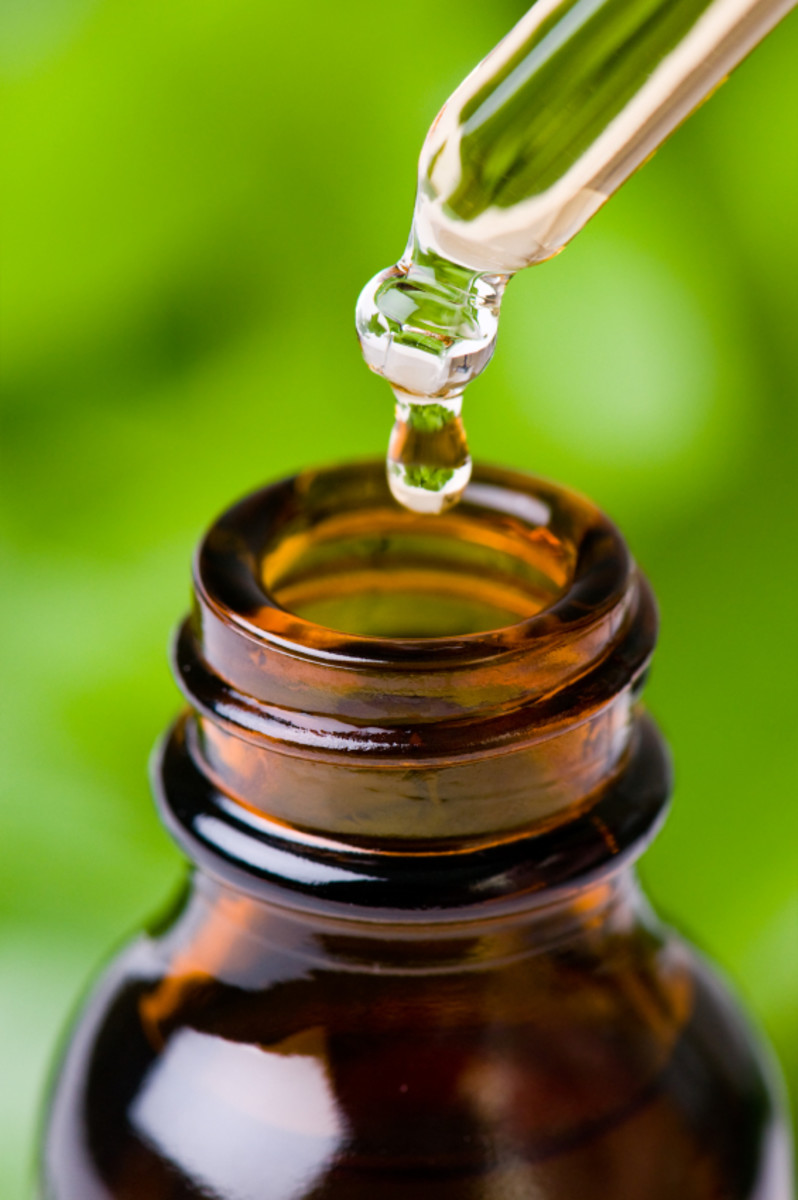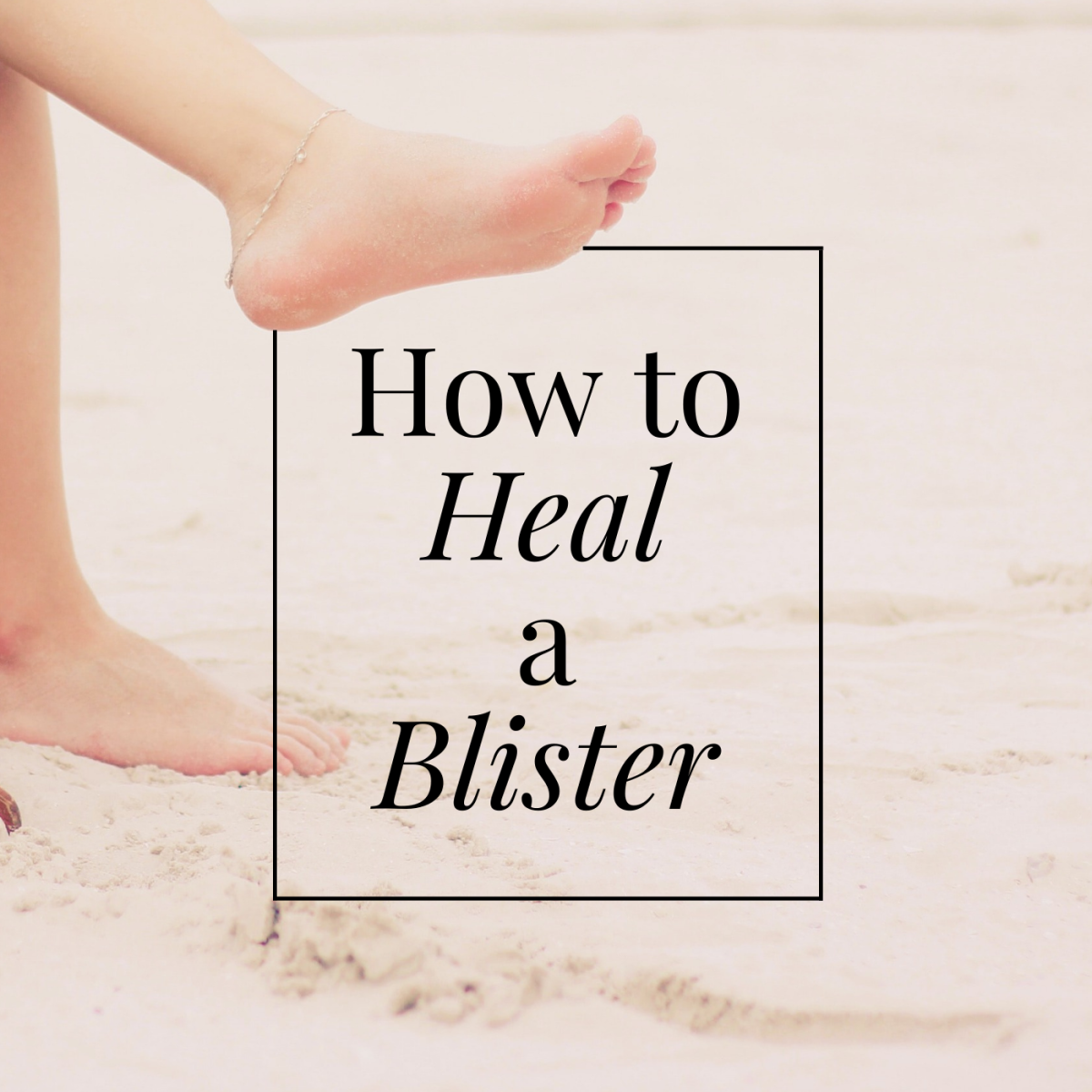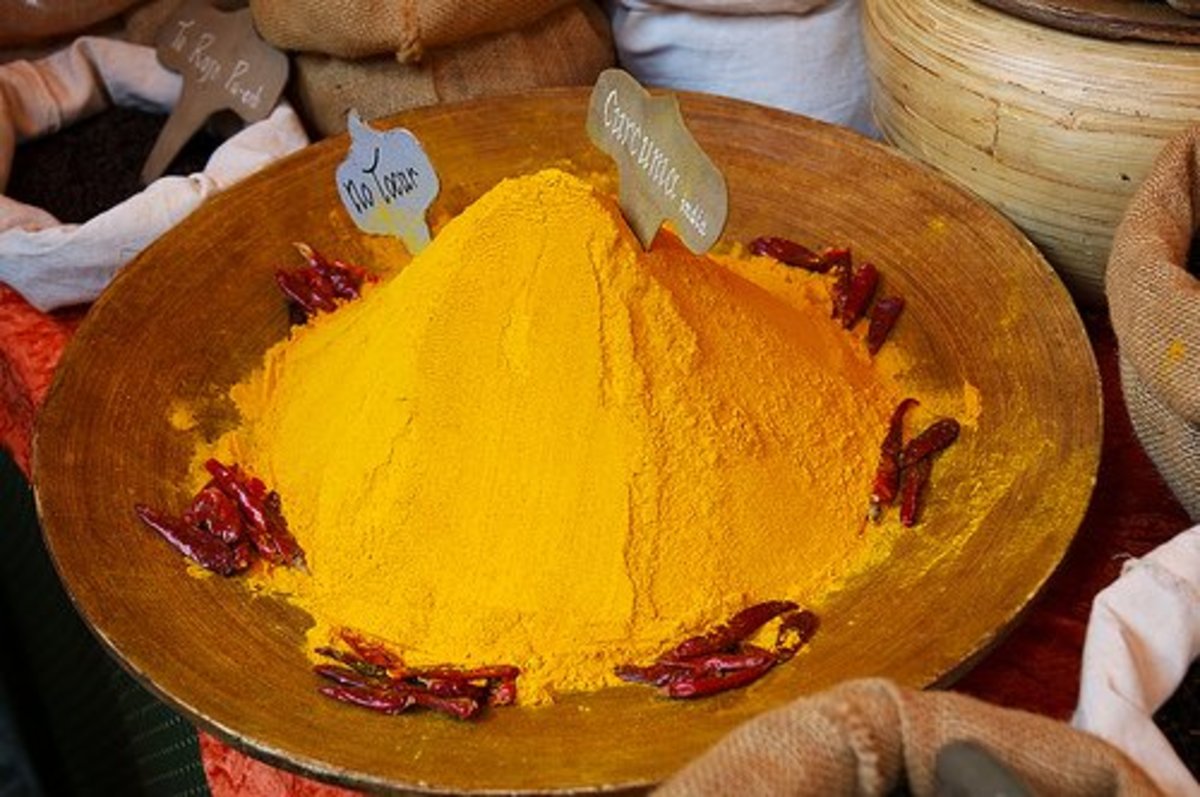Aromatherapy: A Free Guide for Beginners
The Amazing Health Benefits of Pure Essential Oils
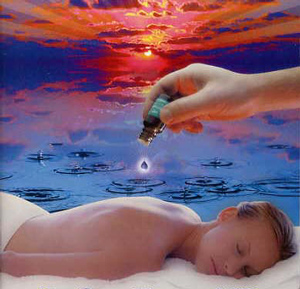
Aromatherapy; What Are Pure Essential Oils?
The Art of Aromatherapy
Aromatherapy is the therapeutic use of plant-derived, aromatic essential oils to promote physical and psychological well-being. It is sometimes used in combination with massage and other therapeutic techniques as part of a holistic treatment approach.
Aromatherapy has been used and documented for thousands of years from the spice trade to conventional medicine of today.
A brief description of the history of Pure Essential Oils will help you to understand the time lines of these botanical essences throughout the ages. The following is a compilation of documented research but can vary extensively.
Egypt
Throughout the history of mankind, it seems that the Egyptians were the first recorded people to extensively make use of Aromatherapy and Aromatic Herbs which included their use in religion, cosmetics as well as medicinal purposes.
Aromatic essence and resins were also extensively used in the embalming process. Although it was thought that most essential oils were produced in Egypt by means of a type of effleurage extraction method, the Egyptians, in actual fact, did have access to the distillation method via the Mesopotamians as distillation pots have been found at Tepe Gawra dating back about 3,500 BC.
China and India
Around the same time, the Chinese also made use of herbs as well as aromatic plants and this was also taken up as an integral part of the Indian Ayurvedic medicinal system.
Today Ayurvedic medicine is widely used throughout the world and has grown in popularity over the last 20 years in western society.
Greeks
The medicinal wisdom of the Egyptians were taken over and absorbed by the ancient Greeks - and the most well-known physician of that time - Hippocrates (c.460 - 377 BC) was also a firm believer of treating the patient holistically which included aromatherapy massage as a treatment. Hippocrates claimed that the secret to good health was to have an aromatic bath and a scented massage each day.
Romans
The Romans again took over the medicinal wisdom of the Greeks and were great believers in hygiene to promote health and also place great stock in aromatherapy and the power of fragrances. Roman aromatherapy baths were very popular with magnificent chambers built throughout the baths that would infuse pure essential oils into the room.
Rose was a very popular oil during this era due to its amazing aphrodisiac properties.
Arabian empire
After the fall of the Roman Empire and the subsequent Dark Ages, we saw the emergence of the Arabian empire which was in the position to draw not only from the Greek and Roman teachings, but also those of China and India.
It is the Persian physician Avicenna (980 - 1,037 AD) that is being credited with perfecting the distillation process of essential oils. He has been called the pioneer of Aromatherapy for his invention and perfection of steam distillation of Pure Essential Oils. You will still find very simply, yet effective steam distillation farms in rural locations, such as Nepal, where old knowledge and tradition are still widely used. More modern distillation plants are found in North America where plants are placed in large stainless steel drums and heated using modern technology, laboratories and equipment. The same product is manufactured whether it is in a rural location in India or a FDA approved laboratory in North America.
The Dark Ages
Monks would house the sick in their monasteries to help heal them during this time. This tended to be a safe haven for poor people from the villages because anyone that practiced as a herbalist was persecuted and deemed as witches.
The church thought bathing to be a sin during this era. People would use aromatherapy to keep the stench away by wearing them in small bottles around their neck, rinse through the hair and apply to the skin. It was also found that these aromatics contained very powerful anti-bacterial and anti-septic properties.
During this time, the holistic approach of Hippocrates all but disappeared.
The Renaissance
During this time there was a swing back again to the holistic treatment of illness and the most noteworthy of physicians were Paracelsus (Phillipus Aureolus Theophrastus Bombastus von Hohenheim 1493 - 1541).
He once again turned to look at the wisdom of folk medicine and did not discount such knowledge as unimportant - much to the disgust of his contemporaries, yet proved his mettle by having great success in curing leprosy. Again, many skeptics of the time were not open to the medicinal use of essential oils but found through documented results that some validity needed to be applied.
Aromatherapy (Modern)
The term Aromatherapy, as we know it today, was first coined in 1937 by the French chemist and perfumer, Rene Maurice Gattefosse. He was not a believer of the natural health movement but was interested in the properties that essential oils exhibited.
In 1910 he burnt his hand badly in his laboratory and being the first available compound handy, treated his badly burnt hand with pure, undiluted Lavender Oil, which not only immediately eased the pain, but helped heal the hand without any sign of infection or scaring.
He also found that minute amounts of essential oils are absorbed by the body and interact with the body chemistry.
During the Second World War, as a result of Gattefosse's experiments, Dr. Jean Valet used essential oils to treat injured soldiers with great success.
In the 1950's Marguerite Maury started diluting essential oils in a vegetable carrier oil and massaging it onto the skin using a Tibetan technique which is applied along the nerve endings of the spinal column.
She was also the first person to start the use of "individually prescribed" combination's of essential oils to suit the need of the person being massaged.
Since the late 1970 and early 80's the use of essential oils and Aromatherapy has become a major part of Alternative and Holistic Health Systems now has a huge following around the world.
With the history of Aromatherapy being so clearing defined over the years, it is important to see why and how it has maintained its popularity over time.
In today’s society people are looking for ways to treat themselves on a more holistic level with products and formulations that have little or no side effects.
Distillation is the way essential oils are removed from the plant material. There are several different ways this is done and is based on the type of material used, where the oil is located and the amount of raw material needed to extract the volatile liquid. We will briefly discuss them here however, research and understanding how each one works and plant materials needed for them is widely available.
Water distillation
Water distillation takes botanic material and completely immerses it in water and the still is brought to the boil. When the condensed material cools down, the water and essential oil is separated and the oil decanted to be used as essential oil.
The water that is so separated in this process is also used and is marketed as "floral waters" (also called hydrosol or sweet water) - such as Rose water, Lavender water and Orange water.
Water distillation can be done at reduced pressure (under vacuum) to reduce the temperature to less than 100 degrees, which is beneficial in protecting the botanical material, as well as the essential oils.
Neroli oil, which is sensitive to heat, can therefore be successfully extracted using this method.
If extended exposure to hot water is not indicated for a particular plant - such as Lavender, it is best to find an extraction method better suited. Any botanical material that contains high amounts of esters does not take well to this extraction method, since the extended exposure to hot water will start to break down the esters to the resultant alcohols and carbolic acids.
Steam distillation
When steam distillation is used in extraction of essential oils, the botanical material is placed in a still and steam is forced over the material.
The hot steam helps to release the aromatic molecules from the plant material since the steam forces open the pockets in which the oils are kept in the plant material. The molecules of these volatile oils then escape from the plant material and evaporate into the steam.
The temperature of the steam needs to be carefully controlled - just enough to force the plant material to let go of the essential oil, yet not too hot as to burn the plant material or the essential oil.
The steam which then contains the essential oil is passed through a cooling system to condense the steam, which forms a liquid from which the essential oil and water is then separated.
The steam is produced at greater pressure than the atmosphere and therefore boils at above 100 degrees Celsius which facilitates the removal of the essential oil from the plant material at a faster rate and in so doing prevents damage to the oil.
Some oils, like Lavender, are heat sensitive (thermolabile) and with this extraction method, the oil is not damaged and ingredients like linalyl acetate will not decompose to linalool and acetic acid.
Hydro diffusion
When essential oils are extracted using hydro diffusion, it is a type of steam distillation, and only varies in the actual way in which the steam is introduced into the still. With hydro diffusion the steam is fed in from the top onto the botanical material instead of from the bottom as in normal steam distillation.
The condensation of the oil containing steam mixture occurs below the area in which the botanical material is held in place by a grill. The main advantage of this method is that less steam is used, shorter processing time and a higher oil yield.
Combination water and steam distillation
This process is basically a marriage between normal water distillation and that of steam distillation.
The botanical material is immersed in water in a still, which has a heat source, plus live steam is fed into the water and botanical material mixture.
Expression extraction
When a "cold pressed" method is referred to in the manufacture of essential oils, it basically refers to the expression method, since no heat is involved in this method.
Most nut and seed oils are also extracted using a "cold pressed" method but here oil is forced from the material under high mechanical pressure and generally produces a good quality oil, but some manufacturers do impair this good quality by excessively refining the oil after extraction by means of chemicals or high heat.
Solvent extraction and essential oil
When we talk about the broad term of solvent extraction, it does not only refer to chemical solvents like hexane, but also to other forms - such as solid oil and fat as well as carbon dioxide. Solvent extraction is particularly suitable for botanical material that has a very low yield of essential oil, or where it is made up of mostly resinous components and as such delivers a far finer fragrance than that of distillation.
During this type of extraction, non-volatile components of the botanical material - such as waxes and pigments are also extracted and in some cases this is then removed during another process.
Most of the above extraction methods offer many sub-extraction methods. This depends of the type of yield, plant material and sometimes environmental factors. By briefly discussing the differences you are able to get a clearer understanding of where oils came from, how they are used today and how they are manufactured.
For a Free 72 Page Guide on Pure Essential Oils, please visit us at
www.BlissHomeSpa.com

